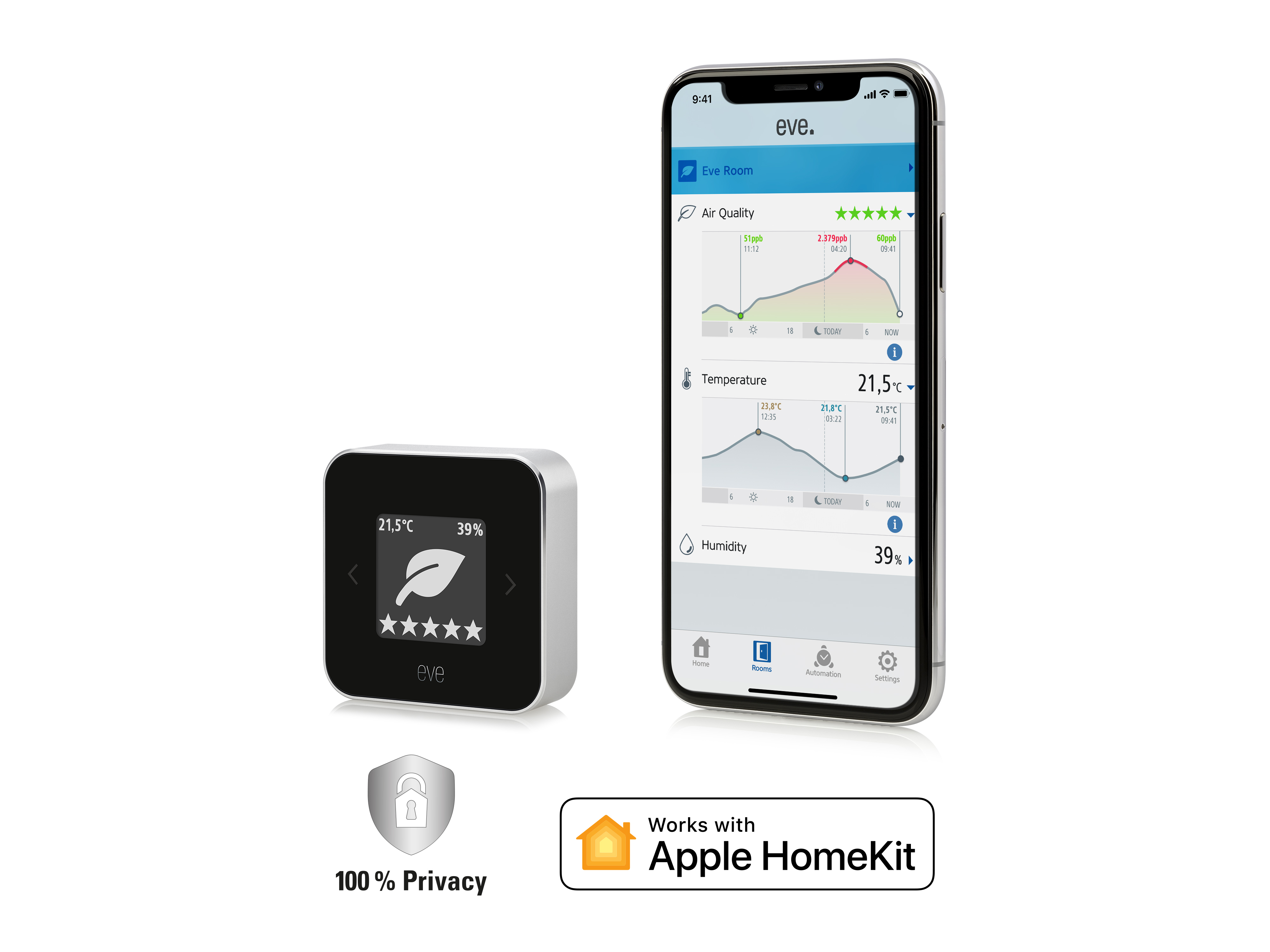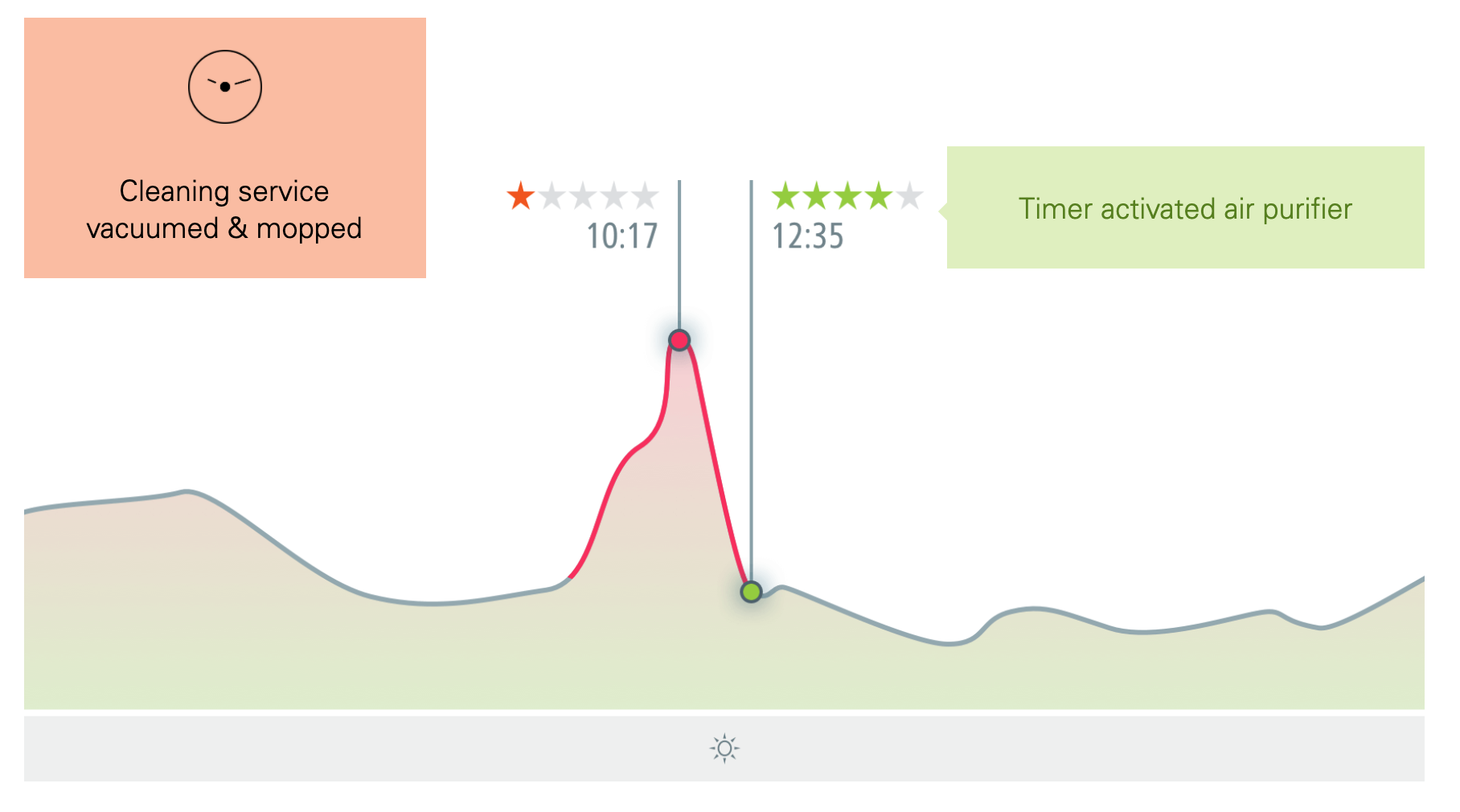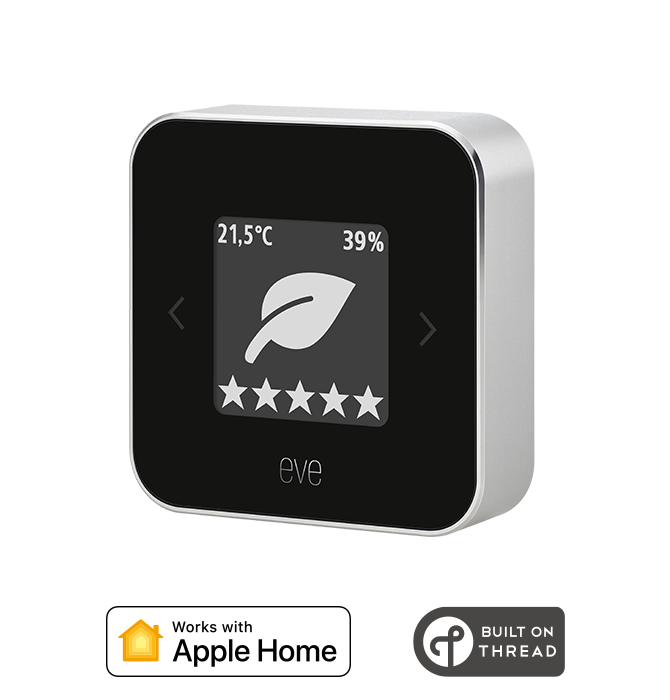Royal Society of Physicians Stress the Dangers of Indoor Pollution
A recent report showed that over 40,000 people die every year in the UK from conditions caused by air pollution. It’s a worrisome figure. The report on air pollution by the Royal Society of Physicians included something that may come as a surprise to many in the UK. The fact that it’s not just the air outside that is a danger to us, but the indoor air at home and at work.
The term sick building syndrome may be familiar, but it is usually associated with poorly designed office buildings. In fact, modern energy-saving homes that hold heat in, can also trap harmful airborne pollutants.
It’s not just obvious sources of pollution, like log burning fires or cigarette smoke, that are a problem in the home. The most insidious pollution is invisible and often without odour. For example, synthetic carpets are known to give of chemicals such as styrene and 4-phenylcyclohexane (4-PC) from the latex backing most use.
You may know the smell of 4-PC as that new carpet smell, which should dissipate after a few days. However, styrene is odourless and fitted carpets can continue to “off-gas” pollutants for as much as five years. It doesn’t stop at carpets either; plastics, furniture made of pressed wood, candles, toys, paint, tennis balls, dryer sheets, even air fresheners give of potentially harmful chemicals.
But before you wrap yourself in organically grown cotton wool and live in fear of your dry cleaning (yes, that too). The problems of indoor pollution are relatively easy to solve, once you have the facts. Professor Stephen Holgate, one of the authors of the RCP pollution report recommends opening the windows three times a day.
Certainly opening the windows three times a day would ensure there’s no nasty build-up of bad air. But I suspect few people would have the discipline to follow that advice to the letter. It makes more sense to monitor indoor pollution. It will help identify the sources of pollution, and keep informed on levels of pollution so that you know where and when more ventilation is required.

Eve Room was created to help people measure those chemicals, and identify potentially harmful sources of pollution. The small box can easily be moved from room to room to record the levels of Volatile Organic Compounds (VOCs) at 15 minute intervals. It features a cutting edge Intelligent Air Quality sensor that until recently could only be found in much more expensive industrial devices.
If you find a problem area, it is easier narrow down the cause to a new toy, or an old can of paint. Odourless paint by the way, is not necessarily any healthier than normal paint, it’s just that it uses chemicals you can’t smell. Non-toxic paint is available these days, but it isn’t common.
The Eve Room measurements are recorded in particles per million and are banded into simple to understand levels of Excellent, Good, Acceptable, Moderate and Poor. The recommendation is to keep the air quality at the Excellent or Good level. If things get any worse than that, then opening a window for a while, or turning on an extractor fan should soon reduce the VOCs to a healthier level.

There are particular groups that are more vulnerable to pollutants. The young the old, and anybody suffering respiratory illness like asthma may be at risk. So it may be a good idea to keep the Eve Room in the kid’s bedroom, just in case a new toy or bedding introduces something nasty.
Mould and dust mites thrive in damp conditions. So humidity is a particular concern for many, as it can cause allergies and be especially problematic for respiratory conditions. While those won’t show up in the VOC measurements, the Eve Room also measures temperature and humidity. The relative humidity level should be kept below 60%, anything between 40%-60% is considered normal. If it reached 70%, mould growth becomes almost inevitable.
Should you see it rise above 60% then more ventilation is needed. Or alternatively a dehumidifier can be used. If you are using a dehumidifier, plugging it into an Eve Energy would allow it to be turned on when the Eve Room detects high levels of humidity. Learn more
The problem of indoor air pollution isn’t something people need lose any sleep over, as the solution can be as simple as opening a window. However, it is always wise to be informed of the dangers and the Eve Room is a valuable tool for anybody wishing to keep their home atmosphere healthy.
- David Fanning -
David Fanning, a veteran Mac journalist based in London, has been using Macs since the 80s. When David was Technical Editor of Macworld UK, he was probably the last civilian ever to set foot in Apple’s Industrial Design Department. Shortly before Steve Jobs put Apple on lockdown.

Requires iPhone or iPad with the latest version of iOS/iPadOS
Posts you might also be interested in.
Time to tackle dry air caused by your heating
Automate your humidifier with Eve Energy and Eve Room: As soon as the mercury drops and the heating fires up, it’s goodbye to feeling cold and hello to cozy warmth. But after a few weeks, you start noticing some symptoms triggered by the dry air at home: drier skin, sometimes bloodshot eyes, one headache after the next or poorer sleep.
Improve indoor air this summer by automating your dehumidifier
High indoor humidity on hot summer days is not only super uncomfortable, it can also cause structural damage and pose a health risk. In basement rooms, like our guest room, the humidity can rise very quickly. To make the room more comfortable, we put in a dehumidifier – a highly efficient one.
HomeKit basics: Manage your home with rooms, zones and homes
HomeKit uses three types of locations to manage both your Eve devices and any HomeKit-enabled devices from other vendors. The main three types are "Rooms", "Zones", and "Homes." Within Homes you’ll find "Scenes" and "Groups," which offer an easy way to control several devices with one command inside a Home.






















